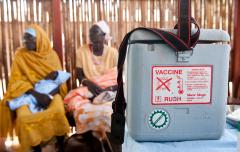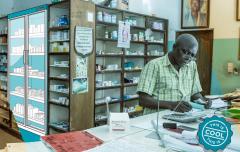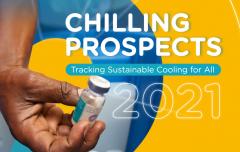Sustainable cooling: an essential part of a just and equitable energy transition
Sustainable cooling is essential for meeting climate and Sustainable Development Goals (SDGs), or what is increasingly discussed as a "just and equitable energy transition". For the 736 million people living in extreme poverty [1] and the roughly similar population without access to electricity, this represents a great challenge – one increasingly recognized and becoming a subject for climate finance.
As the world warms, around 30 percent of the global population is exposed to life-threatening heat for at least 20 days a year. [2] The recent IPCC report reviewing climate impacts and adaptation emphasizes both the expected increase in frequency of extreme heat events and much greater vulnerability of low-income populations in developing nations with low adaptive capacity. Even in a low-emissions scenario, the authors concluded, 50 percent of humanity may be exposed to life-threatening conditions arising from extreme heat and humidity by 2100.






